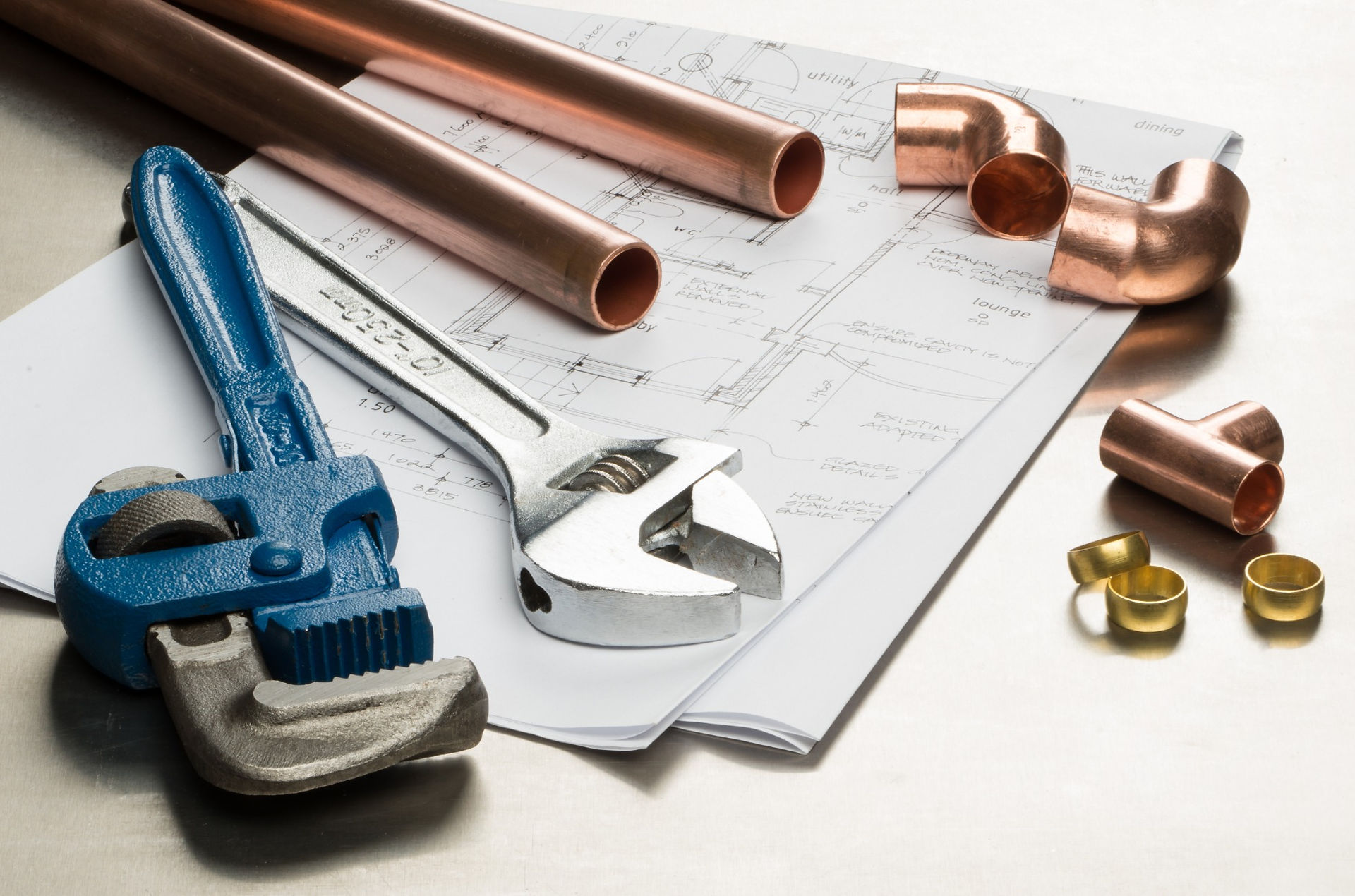Understanding Your Home’s Water Pressure: Why It Matters and How to Measure It
- marco4240
- Jun 27
- 4 min read
Water pressure is something most homeowners take for granted—until it’s too high, too low, or fluctuating. Whether you’re experiencing weak water flow in your shower or are concerned about potential plumbing issues, understanding your home’s water pressure is key. In this post, we’ll dive into why water pressure matters, how to measure it, and what you can do to ensure it’s at optimal levels.

What is Water Pressure?
Water pressure refers to the force at which water moves through your plumbing system. It’s measured in pounds per square inch (PSI), and it plays a vital role in ensuring your faucets, showers, dishwashers, and other water-using appliances function properly. When water pressure is too low or too high, it can lead to inefficient water usage, uncomfortable showers, and even long-term damage to your plumbing system.
Why Does Water Pressure Matter?
Comfort and ConvenienceThe most immediate effect of water pressure is on your daily water usage. Low water pressure can result in weak showerheads, slow-filling sinks, and overall inconvenience. High water pressure, on the other hand, can create a forceful stream of water that may not be pleasant or practical for all uses.
Appliance PerformanceAppliances like dishwashers, washing machines, and water heaters rely on consistent water pressure to operate efficiently. Low pressure can cause them to work harder and take longer to perform their tasks, while high pressure can wear out seals, gaskets, and hoses, leading to leaks and damage.
Plumbing HealthMaintaining the right water pressure is also important for the health of your plumbing system. High pressure can damage pipes, faucets, and fixtures over time, leading to leaks, burst pipes, and costly repairs. Low water pressure may indicate an underlying issue such as a clog, leak, or corrosion in your pipes that needs attention.
Water ConservationHigh water pressure can lead to unnecessary water waste. For instance, faucets and showerheads may spray more water than needed, increasing your water bills and reducing overall efficiency. By maintaining optimal water pressure, you can conserve water and lower your monthly utility costs.
How to Measure Your Home’s Water Pressure
Measuring water pressure is a simple process that you can do with the right tools. Here's how:
Get a Water Pressure GaugeYou’ll need a water pressure gauge, which can be purchased at most hardware stores for a relatively low price. It’s a small device that screws onto the outdoor hose bib or faucet.
Attach the GaugeScrew the water pressure gauge onto an outdoor faucet or the faucet closest to where your water supply enters the house. Make sure the faucet is fully open before proceeding.
Read the GaugeTurn on the faucet and check the reading on the gauge. A typical home should have a water pressure between 40 and 60 PSI. If the reading is higher than this, it may indicate that your pressure is too high, which could lead to damage. If it’s lower than 40 PSI, it may suggest a problem with your plumbing or a drop in municipal water supply.
Test Multiple LocationsFor a more accurate reading, you can test water pressure in multiple areas of your home. If the pressure is low in only one location (like a shower or sink), it could be an isolated problem, like a clogged aerator or shutoff valve. If the pressure is low throughout your home, there may be an issue with the water supply or main line.
What to Do if Your Water Pressure Is Too High or Too Low
If your water pressure falls outside the optimal range, it’s time to take action.
If the Pressure is Too High:
Install a Pressure Regulator If your water pressure is consistently higher than 60 PSI, you may need a pressure-reducing valve (PRV). A PRV is installed on your main water line to reduce pressure before it enters your home, helping protect your plumbing fixtures and appliances from damage.
Check for LeaksSometimes, high water pressure can cause leaks in pipes, faucets, or hoses. If you’re experiencing high pressure, check for leaks in your system, as they could be a sign of damage caused by excessive pressure.
If the Pressure is Too Low:
Check for ClogsLow pressure can be caused by blockages in your pipes or fixtures. Check aerators and showerheads for clogs and clean them if necessary. If the pressure is low in multiple areas, it may indicate a larger blockage in your pipes that requires professional attention.
Inspect the Main ValveYour home’s main water valve might be partially closed, restricting water flow and lowering pressure. Check the valve and ensure it’s fully open.
Consider a Booster PumpIf your home’s water pressure is consistently low, even after addressing simple issues, you might need to install a water pressure booster pump. These pumps can increase the flow of water to your plumbing system, helping maintain consistent pressure.
Conclusion: Keep Your Water Pressure in Check
Proper water pressure is crucial for the health of your home’s plumbing system, as well as for your comfort and convenience. Whether your pressure is too high, too low, or just right, understanding how to measure and maintain it can save you time and money in the long run.
By regularly monitoring your water pressure and addressing any issues as they arise, you can prevent costly repairs, improve appliance efficiency, and ensure the longevity of your plumbing system.
Need Help with Your Water Pressure?
If you're experiencing issues with your water pressure or need a professional to install a pressure regulator or booster pump, Marco’s Tankless is here to help! Contact us today to schedule an inspection or receive expert advice on how to keep your home’s water pressure at optimal levels.
Get in touch now! 480-620-3859






Comments